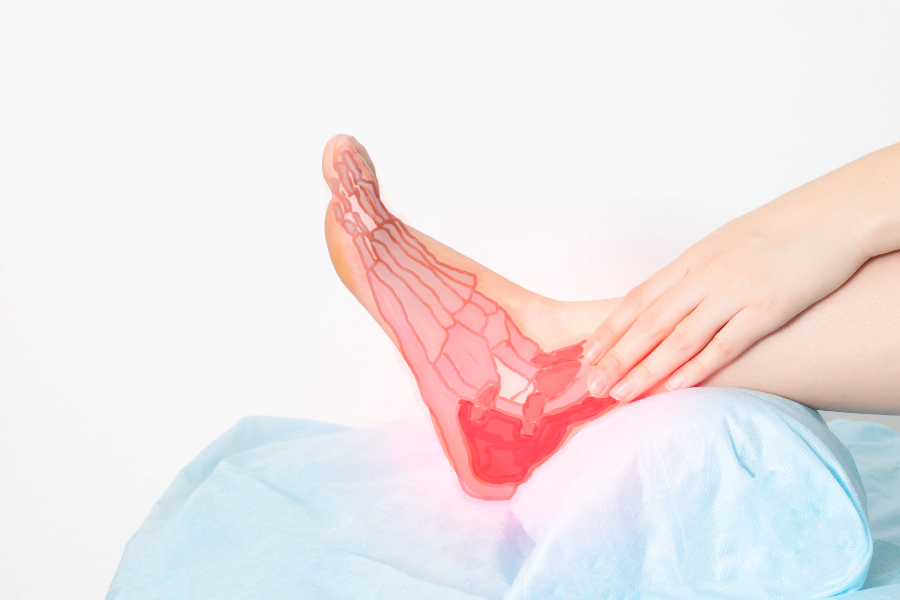
Surprisingly, there are no differences between a complete tear and a rupture. However, a tear can be partial or complete.
Achilles Tendon Injury
An Achilles tendon injury, for instance, can be a tear or a rupture.
This long tendon stretches from the heel bones up to the calf muscles. It is a frequent site of injury, in both professional and amateur athletes, especially those who participate in activities such as gymnastics, running, basketball, tennis or dancing.
The tendon can be injured in other ways, as well, including:
How Could I Have Ruptured or Torn my Achilles Tendon?
The Achilles tendon is often torn or ruptured during quick movements, such as starting a race. The pain starts along the back of the foot above the heel. You may hear a pop or snapping sound. With a tear or rupture, the pain may be mild at first, but the pain can also be severe and abrupt.
Another signal for a tear or rupture is that the person cannot rise on his or her toes.
It is important that a tear or rupture to the Achilles tendon be diagnosed correctly because other conditions, such as bursitis, can also cause similar symptoms. A rupture or tear of the tendon is generally apparent, but an MRI may be required to examine the extent of the injury.
What are Other Tendons That Could Have a Rupture or Tear?

· Quadriceps. This group of four muscles just above the kneecap, known as the quads, helps to extend the leg at the knee and side.
· Biceps. This arm muscle flexes the elbow. The most common rupture or tear is to the top of the shoulder.
· Rotator cuff. This group of four muscles in the shoulder allows the arms to function and is a very common area for tears and ruptures.
ACL and Other Ligament Ruptures or Tears
Ligament ruptures and tears are very common in sports related injuries, and can be due to:
· Twisting your knee
· Getting hit hard on or around the knee
· Over-extending your knee
· Jumping and landing on a flexed knee
· Not stretching before physical activities
· Suddenly stopping when running
· Shifting weight from one leg to the other too quickly
How do I Know If I Tore a Ligament?
If it feels like you may have torn a ligament or tendon you may get symptoms such as:
· Pain
· Swelling
· Feeling of looseness in the joint
· Inability to put weight on the injured area
· Popping sound during the injury
If you’re experiencing any of the above symptoms, our skilled physicians are trained in the latest advancements in surgical and non-surgical procedures.
When a Tendon Has Ruptured, How Does it Heal?
A tendon rupture is uncommon, but when it does happen it can be a severe problem.
It will result in excruciating pain and leave you with permanent damage if untreated. Each type of tendon rupture has its own signs and symptoms. A tendon rupture can be treated surgically or medically. The types of treatment prescribed will depend on the severity of the rupture.
There are four different areas where you can develop a ruptured tendon and the medical treatments can differ in each area, as follows:
Medical Treatments
Surgical Treatments
What is The Healing Time for a Rupture or Tear?
The healing time for tendon tears or ruptures varies according to the severity of the injury. Severe injuries may require a cast for up to 10 weeks.
How You Can Prevent Ligament Tears?

The most common ligament tear is an ACL tear. It’s difficult to prevent these types of injuries if you’re an active person. However, there are some precautions that you can take to improve strength and mobility in your knee. Some of these precautions include:
· Keep your thigh muscles strong by using strengthening exercises
· Warm up before physical activities
· Maintain flexibility with stretching exercises
· If you increase the level of your workout, make sure to ease into it. Don’t make quick changes to intensity





